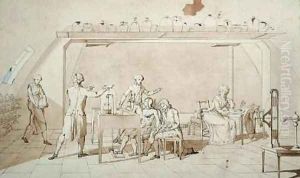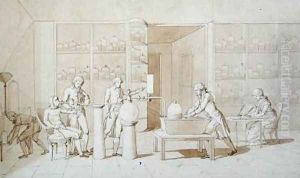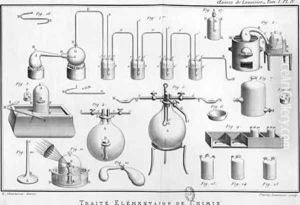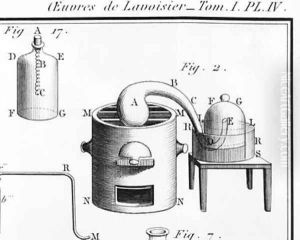Marie Anne Pierrette Lavoisier Paintings
Marie Anne Pierrette Paulze Lavoisier was a French chemist and noble born in Montbrison, Loire, France. She played a pivotal role in the scientific research conducted by her husband, Antoine Lavoisier, who is often referred to as the 'father of modern chemistry'. Marie Anne was not only instrumental in the laboratory, assisting with experiments and documentation, but she also acted as a bridge between her husband and the broader scientific community of their time.
Marie Anne was educated in a convent, where she received a well-rounded education, unusual for women of her era. Her intellectual curiosity and acumen were evident from an early age. In 1771, at the age of 13, she married Antoine Lavoisier, who was 28 at the time. Her marriage to Antoine introduced her to the world of scientific inquiry and research. Marie Anne quickly became an indispensable partner in her husband's work, mastering the art of scientific illustration and translation. She translated English and Latin scientific texts into French, making them accessible to Antoine and other French scientists. Her illustrations of laboratory equipment and experimental setups were crucial for the dissemination of Antoine's findings.
Marie Anne's contributions extended beyond her roles as translator and illustrator. She hosted gatherings of leading intellectuals and scientists at their home, facilitating the exchange of ideas that was vital to the scientific advancements of the era. After Antoine Lavoisier was executed during the French Revolution in 1794, Marie Anne worked tirelessly to preserve his legacy. She published his memoirs and ensured that his contributions to chemistry were recognized and remembered.
Despite facing the challenges of being a woman in a male-dominated field and the tragic loss of her husband, Marie Anne Pierrette Paulze Lavoisier's intellectual contributions and her efforts to promote scientific knowledge were significant. She lived until the age of 78, dying in 1836. Her legacy, like that of her husband's, has endured, highlighting the critical role she played in the development of modern chemistry.



